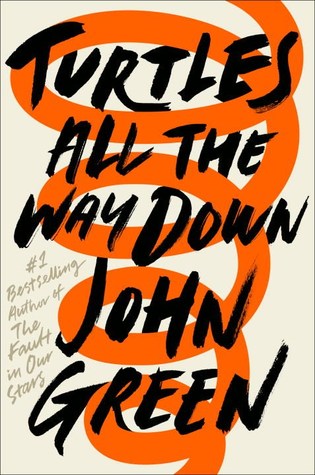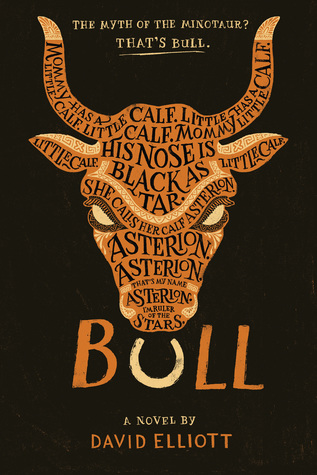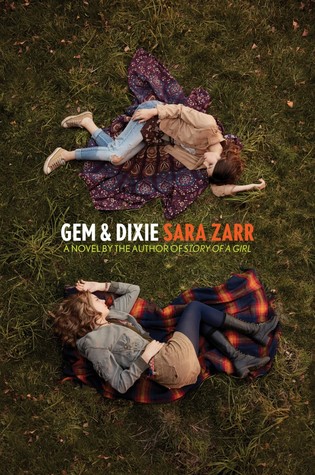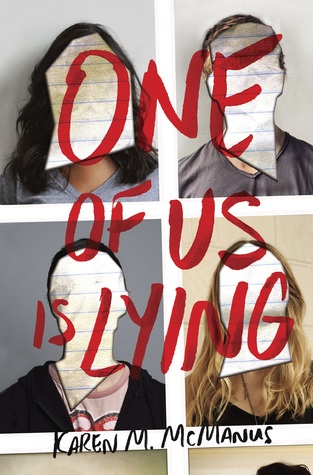Three teens collide in Manhattan in “I Have Lost My Way” (2018) by Gayle Forman. Beautiful bi-racial Freya has been rising to fame as a singer when she inexplicably loses her voice. Harun is first generation American from Pakistan, Muslim—and gay—running away in order to keep his secret. Nathaniel arrives in New York from Washington State with only a backpack and a desperate plan.
been rising to fame as a singer when she inexplicably loses her voice. Harun is first generation American from Pakistan, Muslim—and gay—running away in order to keep his secret. Nathaniel arrives in New York from Washington State with only a backpack and a desperate plan.
Wandering in Central Park, after yet another fruitless doctor’s appointment, Freya trips on a stone bridge, falls on to and knocks out hapless Nathaniel, a tourist walking below the bridge. Freya commandeers Harun, who witnessed the accident, into helping. Nathaniel gains consciousness but is clearly concussed, so the other two take him to an urgent care facility. Thus their day begins.
Harun’s ex-boyfriend, James, is a super-fan of Freya, which leaves Harum not only awestruck, but entertaining the idea of getting James back by his association with her. Freya is avoiding her manager because she he’s about to fire her for her present lack of voice. Nathaniel says he’s meeting his father uptown, but his story is flimsy. Something is amiss.
Secrets are uncovered through the course of the day as the three get to know each other. Each has experienced huge loss. One is a betrayer, one a coward, and one a victim. Freya’s Ethiopian father returned to Africa years ago, which was a monstrous betrayal, and Freya betrayed her sister. Harun has lost James because Harun won’t come out. But he’d lose is family if he did. Nathaniel, raised by a single and singularly irresponsible father has lost his eye, his place on the baseball team and all his friends. The three find hope in each other. At one point each realizes that the other two might be their only true friends.
Things aren’t tidily wrapped up at the end, yet we know their connection could save them. My favorite line is: “To be the holder of other people’s loss is to be the keeper of their love.” Forman adds, “To share your loss with people is another way of giving your love.”
“Own voice”—that is writers writing from their own culture—whether it’s one’s ethnicity, sexual orientation, or disability—is much in the news. There’s a lot to be said for writing from cultures that one has lived daily. Authors have gone so far as to say that if they are Americans who come from Cantonese speaking ancestors, they are not “eligible” to write about Americans who come from Mandarin speaking ancestors. Taken to an extreme, can women only write about women? Men only men? I saw that writing is about empathy—getting inside people’s skins, so that the reader can do the same.
Gayle Forman is white woman, of Jewish background. None of her three characters fit that “same voice,” though Nathaniel is the closest as a white straight male. If one followed the “same voice” rule or approach, it would mean that this book could not be written, or would have to be written by a committee. And who would want that?
Patricia Hruby Powell is author of the young adult documentary novel Loving vs. Virginia and Josephine: The Dazzling Life of Josephine Baker talesforallages.com




